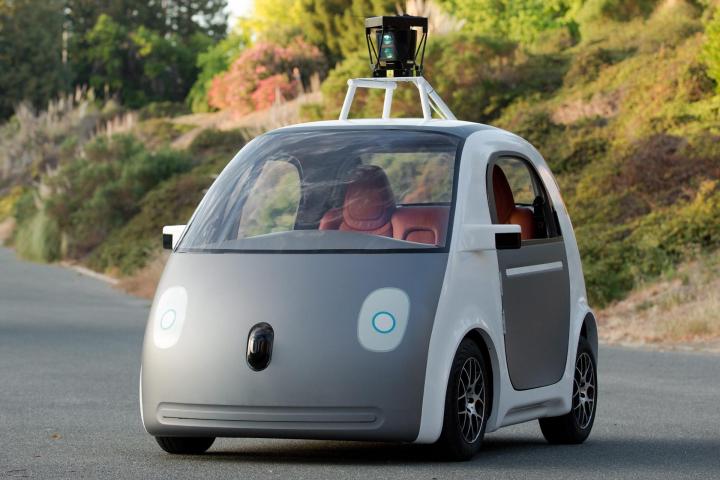
As of May 2015, the graphics cards maker has begun shipping hardware and software to manufacturers, such as Bentley and Tesla. One of the items includes a graphics processor that helps automobiles “see” the world around them.
The hardware isn’t particularly large, though, which means future autonomous cars should look somewhat similar to other models we see on the road today.
Danny Shapiro, the director of automotive operations at Nvidia, says the company’s technology can help cars detect objects around them. It also can give an automobile the ability to decipher between other cars, such as ambulances and police cars.
Shapiro acknowledged the competition to get the first self-driving car on the market. However, he noted that cars need to be sufficiently trained before they are sent out on the market for consumers to buy.
In January 2015, Nvidia debuted its Tegra X1 mobile super chip designed for deep learning. At the time, the company specified that it would be featured in Nvidia Drive car computers. Tegra X1 has a 256-core Maxwell GPU, eight CPU cores and is built on a 20nm process. The chip itself is the size of a thumbnail.
“This impressive technical achievement benefits both 3D graphics, particularly on devices with high-resolution screens, as well as GPGPU software that is becoming more prevalent, particularly in automotive applications,” said Linley Gwennap, principal analyst of the Linley Group.


